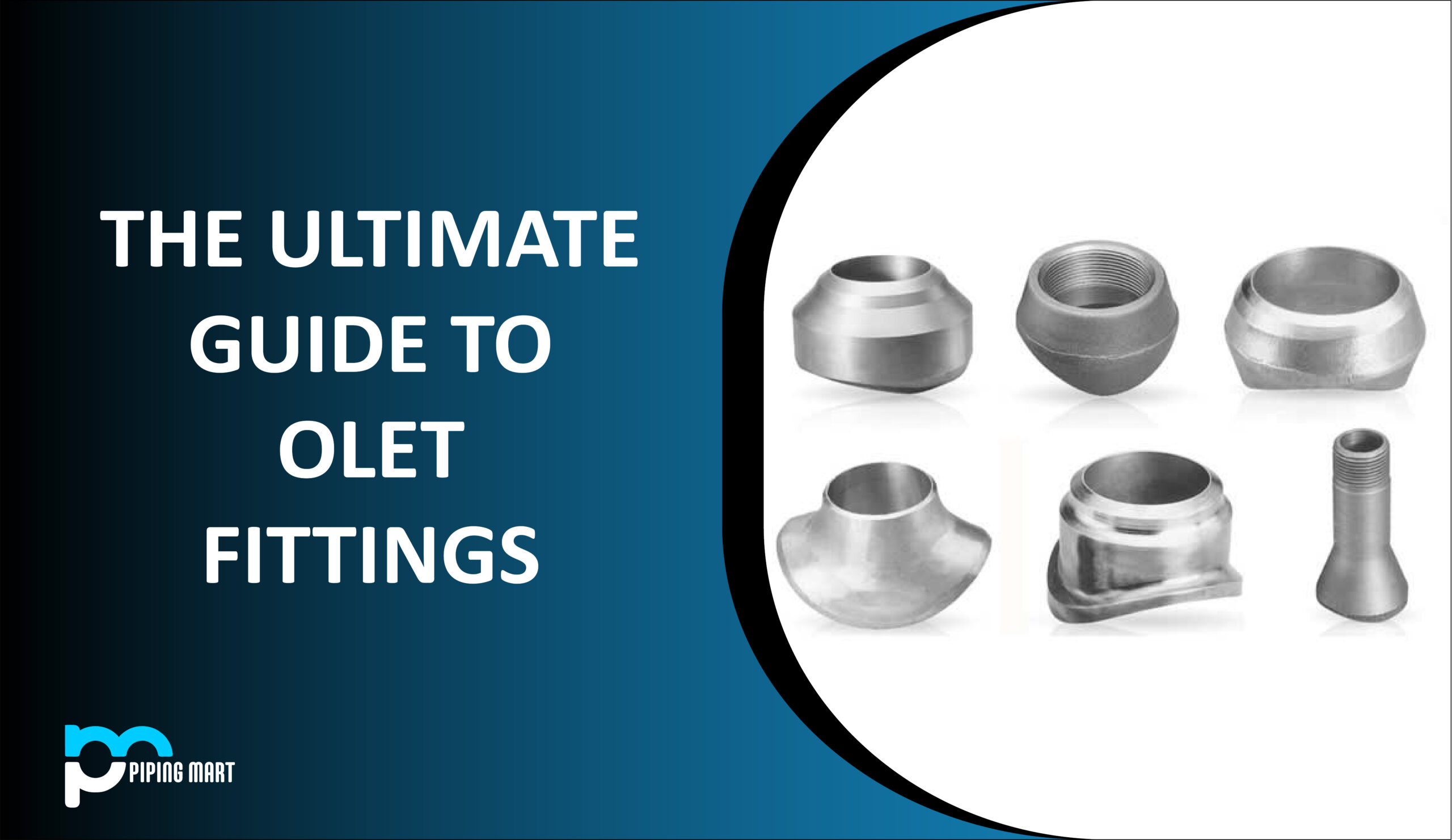What is Brass?
Brass, a non-ferrous red metal, consists primarily of copper and zinc. Different mechanical and electrical properties can be obtained by adjusting the copper and zinc content. The ratios of copper and zinc are altered to produce various brass.
Modern brass is made of 67% copper and 33% zinc. Copper concentrations can vary from 55% to 95% by weight, whereas zinc concentrations can range from 5% to 45% by weight. Brass is a replacement alloy because it has atoms of the two main elements that can swap places inside the same crystalline structure. Lead content of 2% is frequently added to brass. Brass’s machinability is improved by lead.
Lead leaching frequently occurs even in brass with a relatively low total lead level. Brass makes various products, including musical instruments, firearm cartridge cases, radiators, architectural trim, pipes and tubes, screws, and ornaments.
How is brass manufactured?
Melting: The copper alloy is first melted in a 1,050°C electric furnace. After the copper has melted, the required amount of zinc is added to the copper alloy. The copper alloy occasionally receives a very modest addition of extra zinc to compensate for zinc evaporation during the melting process. The molten metal can cool and solidify into slabs once it has entered the cuboidal structure.
Hot Rolling:The cakes are heated to the desired temperature in a furnace. These hotcakes are then passed over a steel roller on the other side to reduce the thickness of the brass. The brass’s breadth is also enhanced throughout this operation.
Brass is run through a milling machine called a scalper after being chilled. This machine also removes the brass’s exterior coating, composed of oxides generated when the metal is exposed to air.
Annealing along with cold rolling:Brass can be hot rolled, which makes working with it more difficult. This process is known as annealing. It also loses flexibility and the ability to stretch. The brass must be heated to soften and lose some hardness before rolling it further. This process is known as annealing. The brass’s composition and the qualities that must exist determine the annealing temperatures and periods.
More significant hot-rolled brass components might be annealed simultaneously in the same sealed furnace. Using a metal belt conveyor, it is possible to continuously feed smaller items through an airtight furnace with sealing on both ends.
A neutral gas, such as nitrogen, is pumped into the furnace to prevent the brass from reacting with oxygen and forming undesirable oxides on the surface during either operation.
To thin the annealed brass components to about 0.1 inches, they are sent through a second roller (2.5 mm). Since the temperature of the brass is much lower during this operation than during hot rolling, it is known as “cold rolling.” Cold rolling causes the inner layer or grain of brass to deform, enhancing the metal’s tensile strength and hardness.
They have a reduced thickness, resulting in increased strength and resilience for the material. For brass sheets of uniform thickness, cold-rolling mills are designed to minimise deflection along the width of the rollers. In other facilities, the brass is fused into a single, thin layer and passed through rolling mills and annealing furnaces in a vertical zigzag pattern.
Final cold rolling: Tighter tolerances and a flawless surface finish for the brass are produced by the final cold rolling of the sheets. These sheets are then cut to the required size in accordance with the specifications.
What are the types of brass?
The primary difference between many brass species is their crystal formations. The following are three different kinds of brass:
- Alpha Brass:
The uniform (alpha) crystal structure of alpha brass, created when less than 37% of zinc is fused to copper, gave them their name. A solid solution with a homogeneous composition results from the alpha-crystal structure that develops as zinc dissolves into copper. These brass can be cold-worked or welded, or even rolled, pulled, bent, and brazed more quickly than their equivalents because they are softer and more pliable than those materials.
Alpha brass, the most common type, comprises 70% copper and 30% zinc. The strength and flexibility of this brass alloy, also referred to as 70/30 brass or “cartridge brass,” are ideal for cold drawing. It also offers higher corrosion resistance with more zinc content than brass. Alpha alloys are used to create fasteners like spring contacts in electrical sockets and wood screws.
- Alpha-Beta Brass:
The zinc concentration of alpha-beta brass, commonly referred to as “duplex brass” or “hot-working brass,” ranges from 37 to 45%. They are composed of both alpha and beta-grain structures. Atomically, pure zinc is more similar to brass in the beta phase.
The ratio of alpha-phase to beta-phase brass relies on zinc concentration. But alloy ingredients like tin, silicon, or aluminium can also increase the amount of beta-phase brass in the alloy. Alpha-beta brass is more prevalent than alpha brass but is tougher, stronger, and less ductile in the cold. Alpha-beta brass is less costly because of the higher zinc concentration, but it is more vulnerable to dezincification corrosion.
Alpha-beta brass are substantially more usable at high temperatures but are less workable at room temperature than alpha brass. These brass resist cracking even when lead is added to improve machinability. As a result, the most popular hot-working alpha-beta brass techniques are extrusion, stamping, and die casting.
- Beta Brass:
Beta Brassis the third type of brass alloy, containing more than 45% zinc. In comparison to alpha or alpha-beta brass, they are much less prevalent. These brass are more resilient and robust than alpha and alpha-beta brass and feature a beta-crystal structure.
As a result, they can only be hot wrought or cast. Instead of categorizing brass alloys based on their crystal structures, anyone can study the impact of alloying metals with brass by identifying them by their features. Free-machining brass, high-tensile brass, naval brass, dezincification-resistant brass, brass for cold working, and casting brass are common beta brass. Yellow brass comes from a brass alloy with a higher zinc content, while red brass comes from a high copper alloy that contains tin, commonly known as gunmetal.
What are the properties of brass?
Brass has specific qualities depending on its copper and zinc content. Tin, aluminum, lead, nickel, and other metals are routinely added to brass to enhance their properties. These are some of the well-utilized characteristics of brass:
- Although it can also be reddish-gold or silvery-white, brass is often bright gold. More zinc gives the alloy a silvery sheen, while more copper gives it a rose tone.
- The low melting point of brass ranges from 9000 °C to 9400 °C.
- Due to its lack of magnetic properties, brass is a suitable metal for electrical and electronic equipment. It is easy to distinguish from scrap.
- Brass’s natural antibacterial properties make it unsuitable for infections caused by bacteria or other microbes. Therefore, it is recommended for doorknobs and faucets.
- Brass may be molded. When bent or stretched into small wires, it does not break. Tensile pull occurs when metal is drawn into wires. In comparison to copper and zinc, it is more elastic.
- Brass is resistant to corrosion because of its high copper content, which creates a shield around the metal to prevent rusting.
- Because of its acoustic qualities, brass is perfect for musical instruments.
- The brass metal’s surface is resistant to abrasion. Additionally, it has a high resistance to friction.
- Brass allows the transmission of heat and electricity since it is an excellent conductor of both. Brass strands in electrical wires act as conductors of electricity.
What are some of the uses for brass?
- Brass is a widely used alloy in architecture due to its toughness and corrosion resistance. Architectural fascia trim and hedgerows are frequently employed. Additionally, specific brass alloys have been used all over the world to help with the renovation or restoration of historical buildings.
- Brass is widely used in mechanical components because it offers minimal friction when metal-on-metal contact is required. Brass gears, locomotive axle boxes, parts of marine engines, etc., are all frequently used machines. Brass hand tools such as hammers, flat knives, etc. are incredibly durable and, therefore, highly prized.
- Two of the home’s most basic plumbing systems, as well as the electrical systems, typically use brass as a component. Brass alloys are used to make several electrical sockets and switch components. Pipe fittings, including elbows, plugs, couplings, and valves, are frequently made of brass in the plumbing industry.
- Numerous musical instruments have historically been made from brass. All over the world, brass is used to make trumpets, French horns, trombones, and tubas. Interior parts of electric instruments like electric guitars and violins are made of brass.

Pipingmart is B2B portal specializes in industrial, metal and piping products. Also, share latest information and news related to products, materials and different types grades to help business dealing in this industry.




